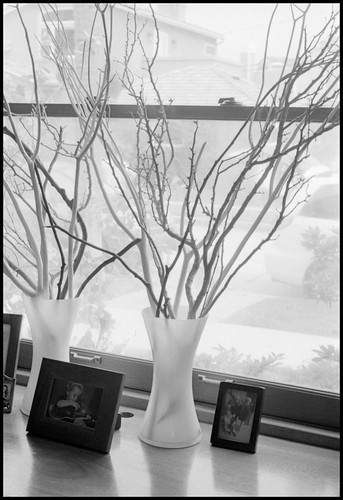thegman
Veteran
Some interesting viewpoints, I actually did not consider DD-X, is shelf life good? Anything it's not suitable for?
No kids around, so I'm not worried about the safety aspect really, just looking for a good all rounder with good shelf life.
No kids around, so I'm not worried about the safety aspect really, just looking for a good all rounder with good shelf life.






